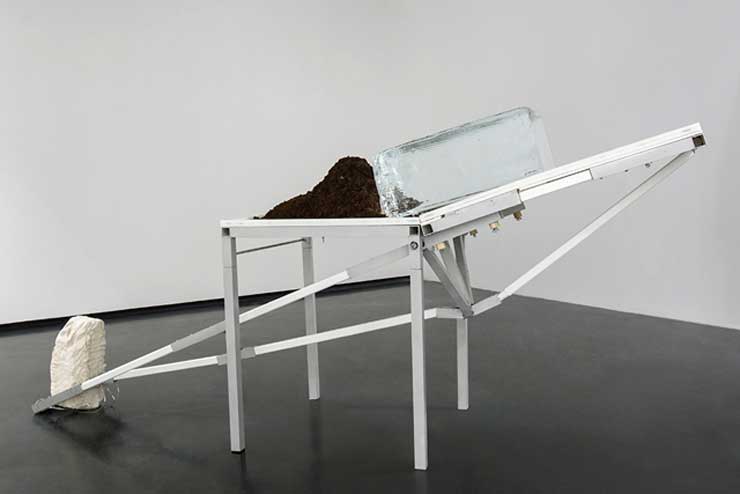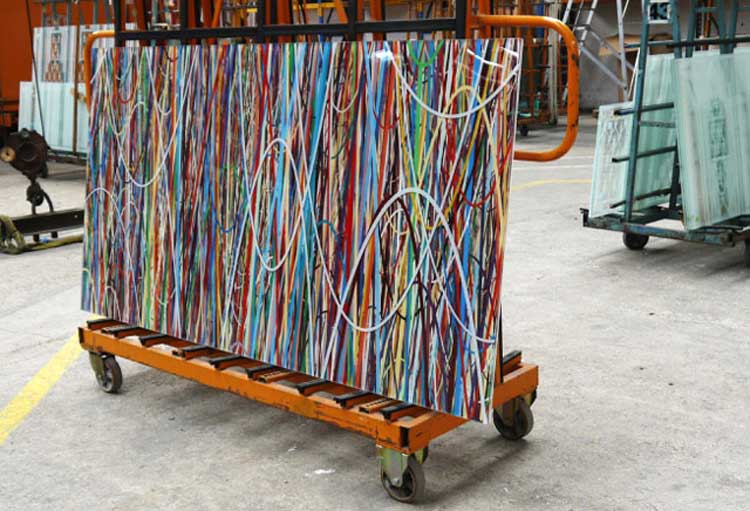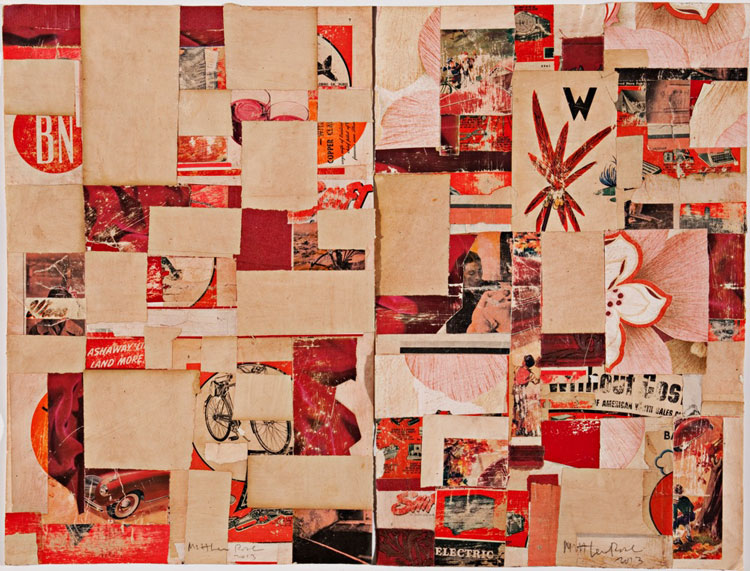I was generally sympathetic to the examination of remote machinic vision on display at XPO Gallery, with their presentation of a Brooklyn-heavy group show that is weirdly shut to the public: HIKE, HACK, HIC et NUNC. Interestingly, it coincided with the punch of...




